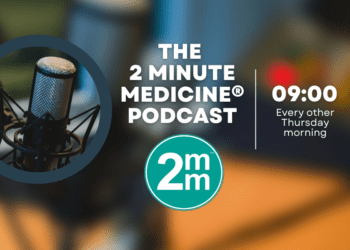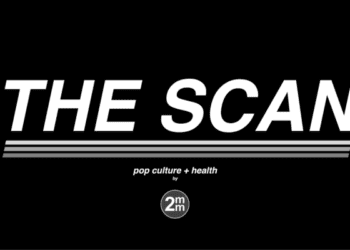Induced hypothermia not associated with improved outcomes for status epilepticus: The HYBERNATUS study
1. Absence of functional impairment 90 days after status epilepticus (SE) was, non-significantly, higher in patients that received standard care compared to patients in the induced hypothermia (IH) group.
2. Adverse outcomes were more frequent in the IH group compared to the control group.
Evidence Rating Level: 1 (Excellent)
Study Rundown: SE is a life-threatening emergency with an in-hospital mortality rate as high as 40% in cases that are refractory to standard abortive therapies. A substantial proportion of those who survive an episode of SE develop chronic neurologic deficits, which has prompted the need for better neuroprotective strategies for these patients. In this study, eligible patients in SE were randomized in a 1:1 ratio to the IH group or the control group. The primary outcome was the absence of functional impairment 90 days after SE. Secondary endpoints included mortality at a series of time points after SE, total seizure duration, lengths of ICU and hospital admission, and progression to EEG-confirmed SE. The IH group demonstrated a significantly lower rate of progression to EEG-confirmed SE compared to the control group. Furthermore, the prevalence of adverse events of any grade of severity was higher in the IH group, but the significance of this disparity was not reported. One limitation of this study may have arisen from the use of sedation with propofol at the discretion of the physician in the control group, whereas in the IH group all patients received propofol.
Click to read the study, published today in NEJM
In-Depth [randomized controlled trial]: The Hypothermia for Brain Enhancement Recovery by Neuroprotective and Anticonvulsivant Action after Convulsive Status Epilepticus (HYBERNATUS) study was a multicenter, open-label, parallel-group, randomized, controlled trial in which eligible patients were randomized in a 1:1 ratio to the IH group (n = 138) or the control group (n = 130). The IH group consisted of the standard of care plus induced hypothermia while the control group only included the standard of care. About 49% of patients in the IH group and 43% of patients in the control group reached the primary endpoint of Glasgow Outcome Score of 5 at 90 days (OR 1.22; 95%CI 0.75 to 1.99; p = 0.43). The only secondary endpoint that demonstrated significance was progression to EEG-confirmed SE: 15 of 138 patients in the IH group compared to 29 of 130 patients in the control group (OR 0.4; 95%CI 0.20 to 0.79; p = 0.009). One or more adverse events were observed in 85% of the patients in the IH group compared to 77% in the control group.
Image: CC/Wiki
©2016 2 Minute Medicine, Inc. All rights reserved. No works may be reproduced without expressed written consent from 2 Minute Medicine, Inc. Inquire about licensing here. No article should be construed as medical advice and is not intended as such by the authors or by 2 Minute Medicine, Inc.






